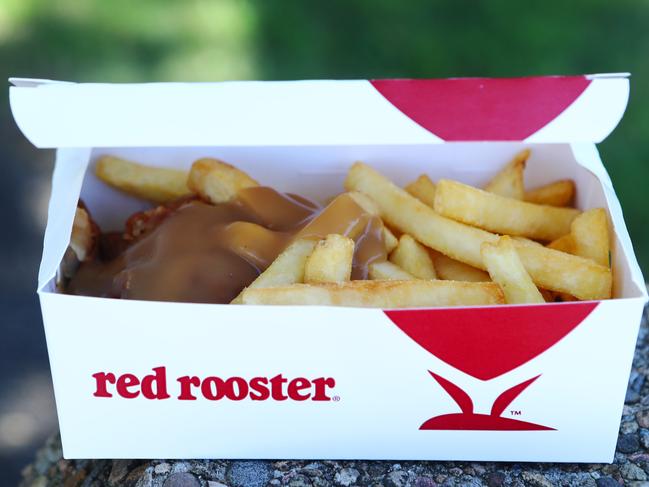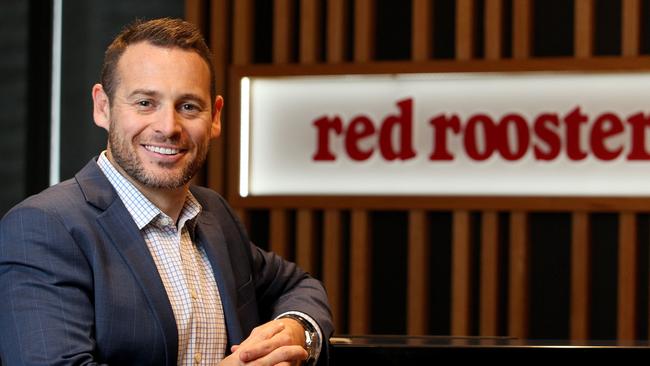Lack of diversity, high costs blamed for Red Rooster’s latest troubles
The Aussie roast chicken company revealed plans to re-open its embattled stores and detailed what will happen to out-of-work employees and their entitlements.
QLD Business
Don't miss out on the headlines from QLD Business. Followed categories will be added to My News.
RED Rooster plans to re-open all of its Sunshine Coast restaurants within days as the roast chicken giant moves to dismiss claims the company is in trouble.
More than 100 employees were put out of work, suppliers and landlords affected when seven stores were put into voluntary administration this week.
A spokeswoman for Craveable Brands, Red Rooster’s parent company, said it aimed to have the Sunshine Coast locations re-opened “within the week” with staff entitlements paid.
“As soon as we were notified of the closures we commenced working with the administrator and landlords with the aim of re-opening these stores,” she said.
“Our intention is that there will be no job losses.
“Our key focus right now is to re-open and secure the ongoing employment of affected employees as quickly as possible.”
More than 100 jobs were thought to be lost, again putting the future of the roast chicken brand, which has 360 restaurants across Australia, under a cloud.

Queensland University of Technology marketing professor Gary Mortimer expected more of Red Rooster’s 360 restaurants will close.
“I think we will see the rationalisation or the right-sizing of stores,” he said.
“Franchisees will elect not to renew their contract.
“It’s just another example of how tough it is out there in the food service franchise market.”
But the Craveable Brands spokeswoman said the future was strong for Red Rooster’s 190 business owners operating and 9500 employees.
“This is an isolated situation that is not reflective of the incredible work our franchise partners in our network are doing every day,” she said.
“The Red Rooster network is strong, and the business is in a stage of growth, particularly in Queensland.”
Professor Mortimer said Red Rooster was facing the challenge of changing consumer behaviour and increasing costs.
“We know poultry is an expensive meat,” he said.
“We’ve seen those poultry prices increase and that’s putting a strain on franchisees.”

He said rising leasing costs, wages and rent would make it difficult for owners to stay open.
“It erodes earnings and in the case of Red Rooster, they’ll leave the market,” he said.
Professor Mortimer said the company, which opened its first store in Western Australia in 1972, needed to close its low-earning stores if it was to survive.
“Get rid of the loss-making stores and turn it (Red Rooster) into a small but profitable business,” he said.
The marketing professor said the home-grown company “hasn’t been as agile” as other fast-food giants in adapting to the changing market.
“That’s generally because they’re focused on one category which is poultry,” he said.
“McDonald’s or Hungry Jacks can expand into desserts, into salads or into chicken.”
Liquidators or administrators were appointed to 113 Queensland businesses in September.


